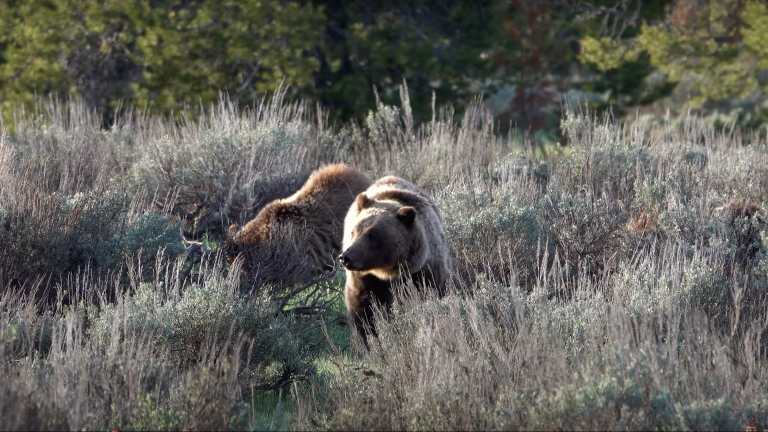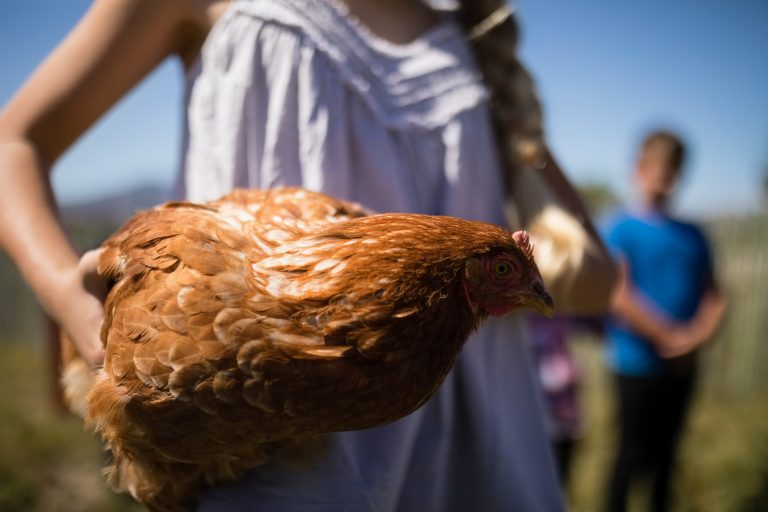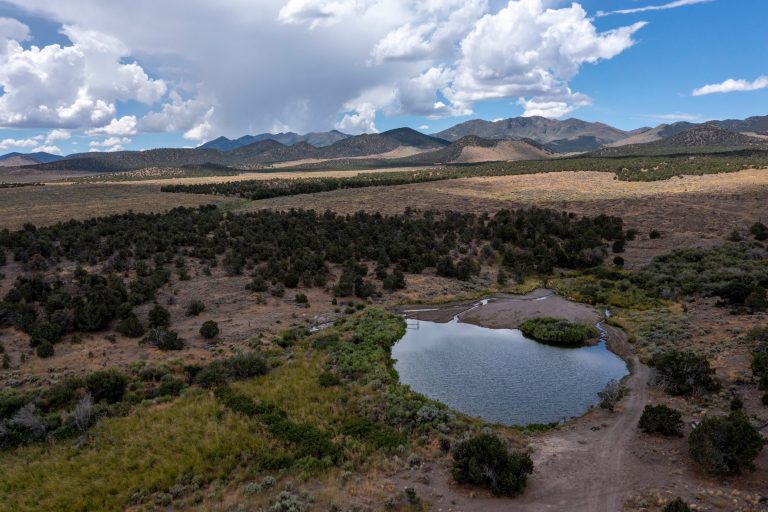Yanasa TV News
USDA chief blasts “INSANE” 5-CFS cut as PG&E surrenders the project—can D.C. save Potter Valley before the harvest dies?
Signed in D.C., Felt on the Farm: FERC’s 5-CFS Greenlight Drains Potter Valley’s Spigots
When Agriculture Secretary Brooke Rollins posted that the Potter Valley shutdown “was just flagged for me… INSANE. I’m on it,” she amplified a rural crisis already weeks old: diversions from the Eel River into the East Branch Russian River were throttled to a trickle, leaving Potter Valley ranchers and growers scrambling mid-season. “This was just flagged for me,” she wrote on X, “INSANE. I’m on it.”

Rollins’ post ricocheted across farm networks. But it also raised a basic question: how could the Agriculture Secretary be hearing about this so late—and what power does she actually have to help?
“PG&E [is] cutting water flows and pushing to tear down the Scott and Cape Horn Dams which have been lifelines for farmers and over 600,000 residents for more than a century.”
— USDA Secretary Brooke Rollins,California is “putting fish over people, destroying century old farms and leaving families vulnerable to more drought and wildfire.”
— USDA Secretary Brooke Rollins,
What actually shut the water off
On August 4, 2025, the Federal Energy Regulatory Commission (FERC) approved PG&E’s 2025 temporary flow variance for the Potter Valley Hydroelectric Project (P-77), allowing East Branch Russian River diversions to fall as low as 5 cfs at the E-16 gage in late summer to conserve Lake Pillsbury’s cold-water pool for ESA-listed salmonids. Local water districts posted the approval and conditions.
One week earlier, on July 25, 2025, PG&E filed its Final Surrender Application and Decommissioning Plan—proposing removal of Scott Dam and Cape Horn Dam—while continuing to operate under an annual license until FERC accepts surrender and a transition occurs.
Bottom line: the valve pathway that shut off Potter Valley irrigators was PG&E → FERC → fisheries agencies, not USDA—explaining why the Secretary might encounter it after the fact via media or advocacy posts. (Rollins was confirmed Feb. 13, 2025.)
Why fish flows trumped farm deliveries (this year)
The variance sits atop Endangered Species Act obligations administered by NOAA/NMFS to protect salmonids below Scott Dam. In hot, dry late-summer conditions, conserving a cold-water pool in Lake Pillsbury is prioritized to avoid lethal temperatures downstream. A separate pressure: PG&E has left Scott Dam’s spillway gates open indefinitely due to seismic risk, reducing storage by ~20,000 acre-feet and constraining operations—an interim posture acknowledged since 2023.
Private hands on the valve, public left dry
PG&E owns and operates the Potter Valley system; Scott Dam/Lake Pillsbury sit inside Mendocino National Forest, so decommissioning must also satisfy U.S. Forest Service special-use terms on National Forest System land (a federal lever over howremoval happens, not a power to force continued diversions).
Meanwhile, local agencies have formed the Eel-Russian Project Authority (ERPA) to design a new, fish-friendly diversion near Cape Horn that would maintain reduced/seasonal transfers to the Russian River after dam removal, with tribal participation under a Water Diversion Agreement framework.
Is Scott Dam “safe”? Viability, condition, and the split-screen narrative
Short answer: California’s dam regulator says Scott Dam can be operated safely under restrictions, while PG&E and fisheries agencies argue those very restrictions—and seismic risk—make the project operationally constrained and uneconomic. Farmers counter that “restricted” is not “unsafe,” and say PG&E is using safety to justify an exit that leaves agriculture dry.
What the dam regulator (DSOD) says.
California’s Division of Safety of Dams (DSOD) concurred in April 2023 with PG&E’s proposal to leave Scott Dam’s radial spillway gates open year-round and cap Lake Pillsbury at elevation 1,900 feet as an interim risk-reduction measure to improve performance in a major earthquake. That restriction trims storage by roughly 20,000 acre-feet. DSOD’s letter makes clear this is a safety posture, not a declaration of imminent failure.
DSOD’s job is dam safety—not deciding who gets water. It can restrict operations for seismic prudence while leaving the facility “safe to operate” at the restricted level. California Water Resources
PG&E’s stance.
After its 2021 power shutdown, PG&E told regulators in 2023 it would never again raise the Scott Dam gates, citing previously unacknowledged seismic risks and permanent storage reductions. In July 2025, the utility filed to surrender the license and remove both Scott and Cape Horn Dams, framing decommissioning as safer and cheaper than long-term upgrades and liability.
Farmers’ read on “safe.”
Producers and local officials emphasize that DSOD’s most recent inspections found the dam “safe for continued use”(at the restricted level), and argue PG&E is leveraging “safety” to justify abandoning a century-old water supply. The Potter Valley Irrigation District has formally objected in FERC filings to PG&E’s assertions that it can curtail contracted deliveries at its discretion for “temperature, storage and facility safety objectives,” calling that claim “unequivocally false.”
Environmental/tribal view.
Fisheries groups and some officials counter that Scott Dam is functionally obsolete—“dilapidated” in Rep. Jared Huffman’s recent characterization—and that reduced/seasonal diversions via ERPA’s proposed New Eel-Russianfacility are the realistic, fish-safe replacement once the dams come out.
What “safe” isn’t.
Even with DSOD’s “safe under restrictions” posture, operations are tightly constrained: gates left open, lower max pool, and ESA-driven temperature management below Scott Dam. That’s why late-summer E-16 diversion targets can hit 5 cfsunder FERC variances—conditions that are legally compliant but agriculturally devastating.
Local government concerns.
Lake County has formally warned FERC that PG&E’s decommissioning plan lacks mitigation for loss of recreation, wildfire suppression water, sediment management, tax base, and public safety during drawdown and removal—pushing for concrete conditions before any teardown proceeds.
Takeaway.
- DSOD: Dam is safe to operate under a lower pool and open-gate regime—safety ≠ status quo capacity. rrfc.net
- PG&E: Seismic risk + costs = no future; seeks surrender/removal. PG&E
- Farmers: “Safe under restrictions” shouldn’t equal permanent shutoff; want predictable flows until a workable replacement exists. rrfc.net
- Fisheries/tribes: Removal and a fish-friendly diversion beat propping up a constrained, aging project. Lost Coast Outpost
That split is the heart of “viability”: structurally safe at a lower, constrained pool is not the same as viable for century-old irrigation and regional water reliability.
So how is this “the first she’s heard of it”?
Because USDA doesn’t run dams, set ESA flows, or approve FERC variances. Those decisions move among PG&E (operator), FERC (regulator), and NOAA/CDFW (fish agencies), with local water agencies tracking filings—not through USDA. That said, Rollins has now publicly engaged, stating she’s coordinating across the administration:
“Working with Interior Secretary Doug Burgum and others to deliver real solutions to secure Potter Valley’s water supply.”
— USDA Secretary Brooke Rollins,
What the Agriculture Secretary can actually do right now
USDA can’t order releases or override ESA. But it can move money, logistics, and interagency pressure:
- Disaster & cash-flow relief (FSA): Secretarial disaster designations unlock emergency loans; ELAP can offset extraordinary costs (e.g., hauling water); ECPcan cost-share emergency wells, temporary pipe, intake/ditch fixes after drought emergencies.
- On-farm drought hardening (NRCS): EQIP and watershed programs (PL-566/WFPO) can co-fund conveyance efficiency, on-farm storage, and resilience upgrades basin-wide.
- Keep rural systems alive (Rural Development): ECWAG grants stabilize small drinking-water systems hit by sudden supply loss.
- Policy voice: USDA can file comments into the FERC docket urging predictable ramp-downs, advance notice, and targeted mitigation during remaining operating seasons; it can also convene NOAA/Interior/California/ERPA to align interim relief with ERPA’s build-out.
(FERC is independent, but interagency comments and coordination influence the conditions FERC embeds in its surrender order—see the Klamath precedent for temporary water-supply accommodations during removal work.)
What DOI can do
- Shape FERC’s surrender order via U.S. Fish & Wildlife Service consultation and NEPA comments (driving water-quality, recreation, wildfire, and temporary water-supply provisions during drawdown/removal).
- Fund adaptation through Bureau of Reclamation WaterSMART reliability grants (typical awards up to $5M, 50/50 cost share).
- (Rare) takeover path: Recommending federal acquisition at license expiration would require Congress—a high bar seldom used.
Does PG&E owe replacement water?
Short answer: generally, no—unless a contract or FERC’s order says so.
Under the Federal Power Act, licensees are liable for damages caused by construction/maintenance/operation, not for the economic consequences of a lawful license surrender. On Klamath, FERC required temporary water-supply accommodations where removal work directly impaired supplies—but not a perpetual replacement of basin-wide deliveries. Expect similar “during-implementation”obligations here, not a permanent guarantee.
Who depends on the Russian River system?
Sonoma Water wholesales drinking water to more than 600,000 residents in Sonoma and Marin counties—one reason Rollins keeps citing regional scale. Any ERPA replacement will likely mean smaller/seasonal diversions versus the historic regime, so reliability and costs (for ag and cities) are the core fight now.
What to watch next
- FERC’s handling of PG&E’s surrender (P-77) and any fall variance tweaks.
- ERPA’s schedule & financing for the new diversion—permitting, tribal agreements, and whether construction dollars land fast enough to avoid multi-year gaps.
- USDA/DOI funding stack: Watch for WaterSMART + NRCS + RD to start landing on interties, off-stream storage, efficiency retrofits, and emergency intake fixes.
- USFS conditions on decommissioning within Mendocino National Forest (site restoration, access, fire response) folded into FERC’s surrender order.









